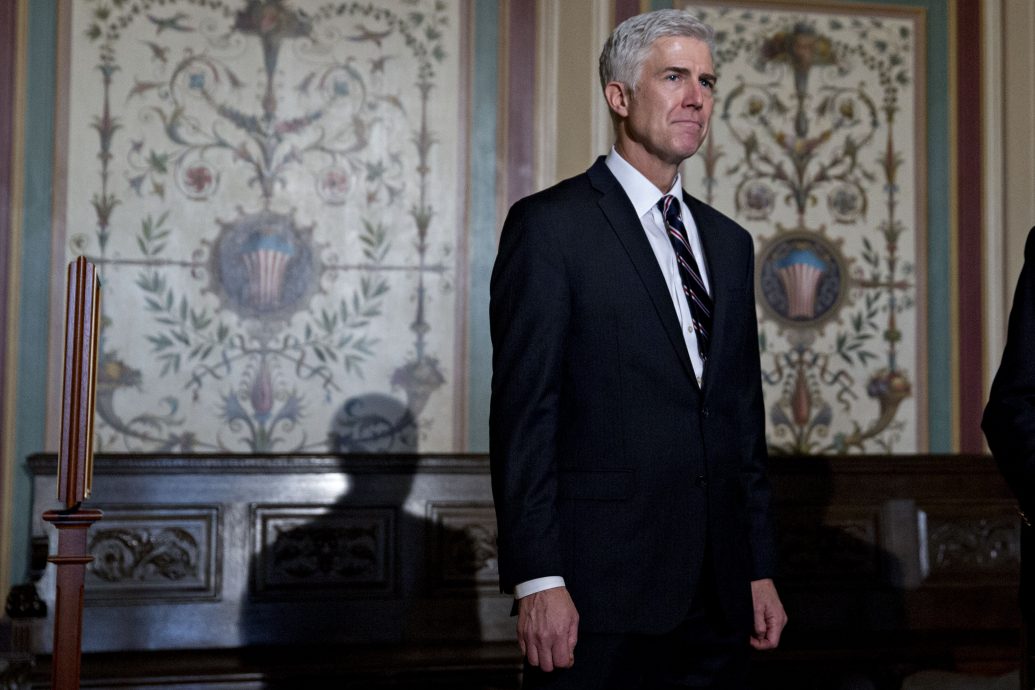The need to correct errors or interpret technical language doesn't impede honest reading - originalism actually requires we do both.
From Blackmun to Gorsuch: The Conservative Legal Movement Works Itself Pure
The conservative movement in law has changed substantially in the last half century. At the beginning it was a reactionary movement. The core consensus was that the Warren Court has been out of control, acting more like politicians focused on changing society rather like justices following the law. Insofar as conservatives even had a theoretical critique, its essence varied. One was that Court was activist in that it failed to pay sufficient deference to the political branches. A second was that it abandoned the craft of law, generally defined as following precedent or neutral principles that can be derived from precedents and legal process. A third was that the Court had abandoned the principles of the Founding or intent of the Framers. A final was substantive: the Court’s decisions, particularly in the area of criminal justice, were simply too liberal.
Fifty years on, the movement looks completely different in theory, power, and effect. As to theory, public meaning originalism, albeit of different varieties, dominates. While there are disagreements about the degree of deference, if any, owed the political branches, there is a growing consensus that this question is just another one to be answered by originalism. Perhaps the most important unsettled question is the place of precedent in originalism. But the view that precedent should be a generative force in law is no longer widely supported by theorists on the right. And since conservatives are now adherents of originalism, their methods sometimes support liberal results, particularly in the area of criminal justice.
As to power, during the Warren years, only a very few conservative scholars of public law worked in its shadow. Now originalism has many advocates in the academy and outside, and almost all conservative scholars who publish on the theory of constitutionalism are originalists. That too is a change. Until this year, when his family sadly asked that the name be changed, the Federalist Society’s prize for a young scholar was named after Paul Bator, one of the most important scholars in early movement, who was more a conservative Burkean than an originalist. And the Federalist Society itself has grown greatly in influence, disseminating originalism far more widely than were the inchoate conservative theories of the 1960s.
But the biggest difference is in effect. At the beginning the conservative movement was not sophisticated, organized, or influential. It is not surprising that the justices nominated by Republican Presidents often proved liberal, like Harry Blackmun, or moderate, like Sandra Day O’ Connor, or somewhat conservative but ineffective, like Warren Burger. Less than three decades ago the first President Bush appointed David Souter, who promptly joined the liberal block on the Court.
As the conservative movement gained strength, it was able to prevent such disasters. It blocked George W. Bush from nominating Harriet Miers because she had no participation in the movement and no commitments to its methods. George W. Bush’s appointments, John Roberts and Samuel Alito, were conservatives, but they have turned out be more of the Burkean kind, having been educated when modern originalism was still in its swaddling clothes.
But today the conservative movement in law now has enough power, enough intellectual coherence and a big enough bench consistently to put forward a model of an originalist justice. If Republican Presidents have more opportunities to fill seats on the Supreme Court in the next decade, the justices will look a lot like Neil Gorsuch.


